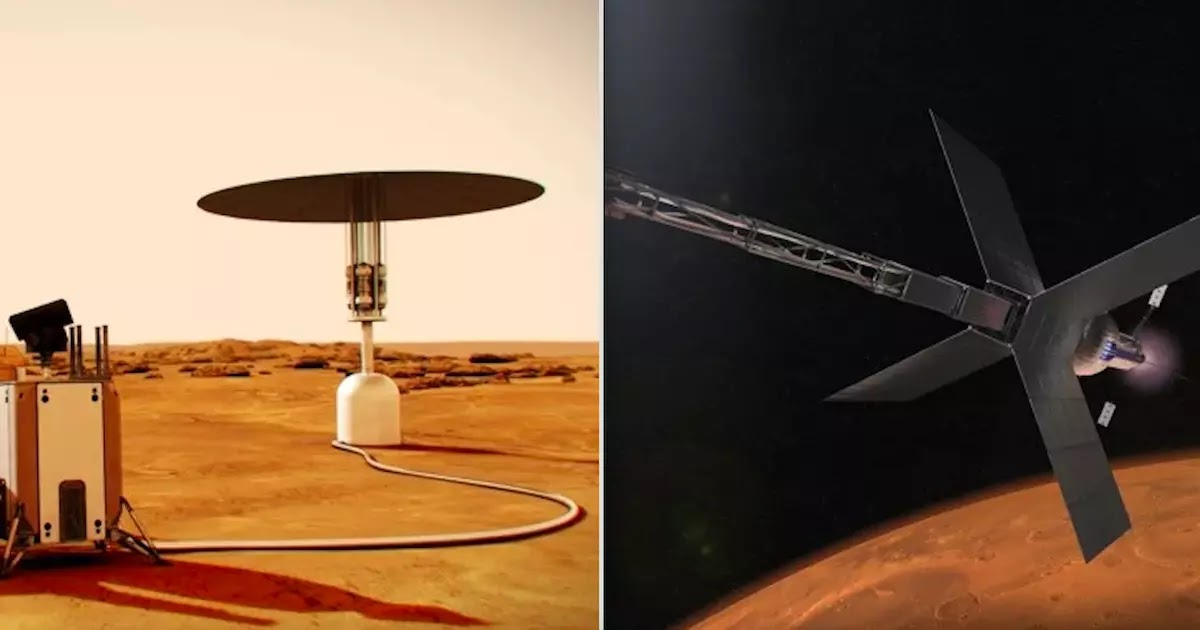
NASA has revealed that it intends to put a nuclear reactor on the Moon within the next 10 years in order to advance the possibility of establishing a long-term human colony on the lunar surface.
The project is being carried out in collaboration with the US Department of Energy (DOE) and it is hoped that the nuclear reactor will be placed not long after humans intend to return to the Moon in 2024, which will be 42 years since the last human visit.
The requirement for the reactor is quite simply due to the fact that any human-colony, or initial astronaut activity on the Moon, will require vast amounts of power that will be difficult to produce by solar means alone.
Both NASA and the DOE are now seeking submission of plans from industry leaders in order to advance the project and make it a reality. NASA already believes that a small fission system that could fit on a lunar capsule or lunar rover could produce around 10 kilowatts of electrical power. This would of course be far smaller than the traditional nuclear reactors we currently use on Earth.
Scientists at NASA do believe though that more advanced systems could in time produce 40 kilowatts of energy and serve as a tool to fuel human activity on the Moon such as initial research, transport, and the distilling of water for consumption. 40 kilowatts of energy could power 30 homes on Earth for around 10 years.
Senior engineer, Sebastian Corbisiero, the Fission Surface Power Project lead at the DOE's Idaho National Laboratory, says of the project:
"The feedback and enthusiasm we continue to see for space nuclear power systems has been very exciting, and understandably so. Providing a reliable, high-power system on the Moon is a vital next step in human space exploration, and achieving it is within our grasp."
NASA will now take time to analyse all the proposed plans brought forward by industry and then decide how to take the project forward. What is clear though is that a small network of reactors would produce an electric grid on the Moon and provide a base for all future habitation plans.
[Based on reporting by: science alert]













COMMENTS